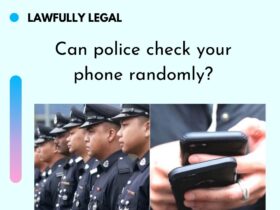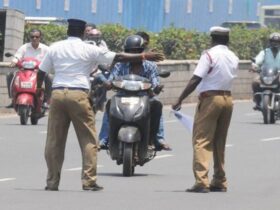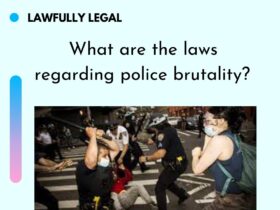More than 230 million vehicles ply the Indian roads. It varies from heavy, medium-heavy and light vehicles like two-wheelers that tread the Indian roads. Each one has different capabilities. The State and Central authorities have tried to tackle and regulate the problem of overspeeding by applying a number of methods. The maximum speed limit has been captioned on the roads. Speed breakers have also been built to regulate speed. Above all the Motor Vehicles Act, 1988 imposes a fine for overspeeding vehicles which ideally should act as the biggest deterrent.
The Motor Vehicles Act has been amended in 2019. The traffic rules and fines have been steeply increased as a deterrent for overspeeding. Earlier the over speeding fines were merely limited to Rs. 400 only. But after the amendments to the traffic rules and fines, the following changes have been made:
The fine for the overspeeding vehicles has been raised to Rs. 2000 for light vehicles
The penalties for medium passenger and goods vehicles will be anywhere between Rs. 2000 to Rs. 4000
If the same offense is repeated, then the license of the vehicle owner shall be impounded
India is a densely populated country with a high number of vehicles plying on the road. This upsurge in traffic has further led to an increase in road accident rates. To tackle this issue sensibly, the government of India decided to make some amendments to the Motor Vehicles Act. Section 183 of the MV Act is imposed for driving at an excessive speed, etc., and states that:
Under Sub-Section 183(1)
Individuals who drive a motor vehicle above the set speed limits referred to in Section 112 are punishable under Sub-Section 183(1) of the MV Act.
Under Sub-Section 183(2)
Individuals forcing another person who is employed by them and is driving at the given moment to violate the set speed limits referred to in Section 112 is punishable under Sub-Section 183(2) of the MV Act.
No one would be convicted of the offense punishable under Sub-Section 183(1) solely based on a piece of single evidence. The evidence needs to be represented based on the estimation obtained through any mechanical or electronic device.
There might be a published timetable or some directions given to the employed driver who is driving the vehicle, stating that any journey or a part of the journey should be completed in the specified time. However, if the journey cannot be completed within the specified time without the driver violating the speed limits referred to in Section 112, then the person held guilty will be the one given the instructions, under Sub-Section 1 183(2) of the MV Act.





Leave a Reply
View Comments